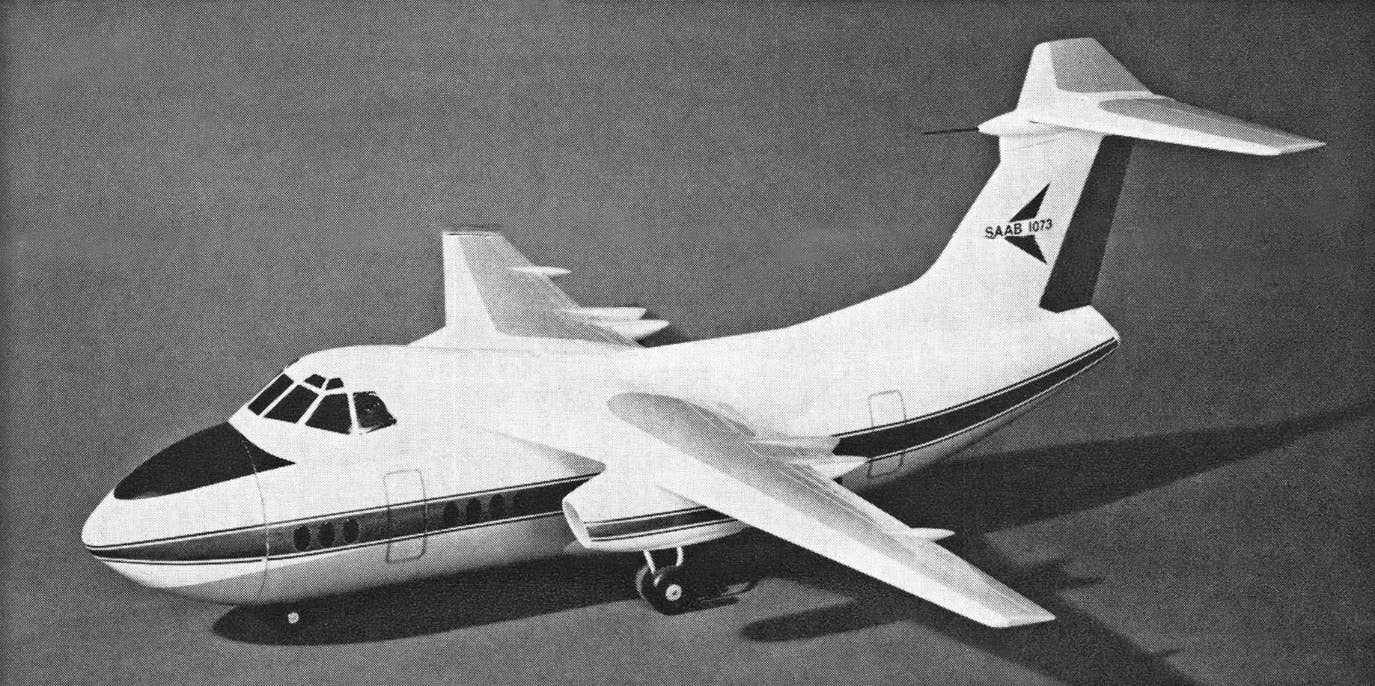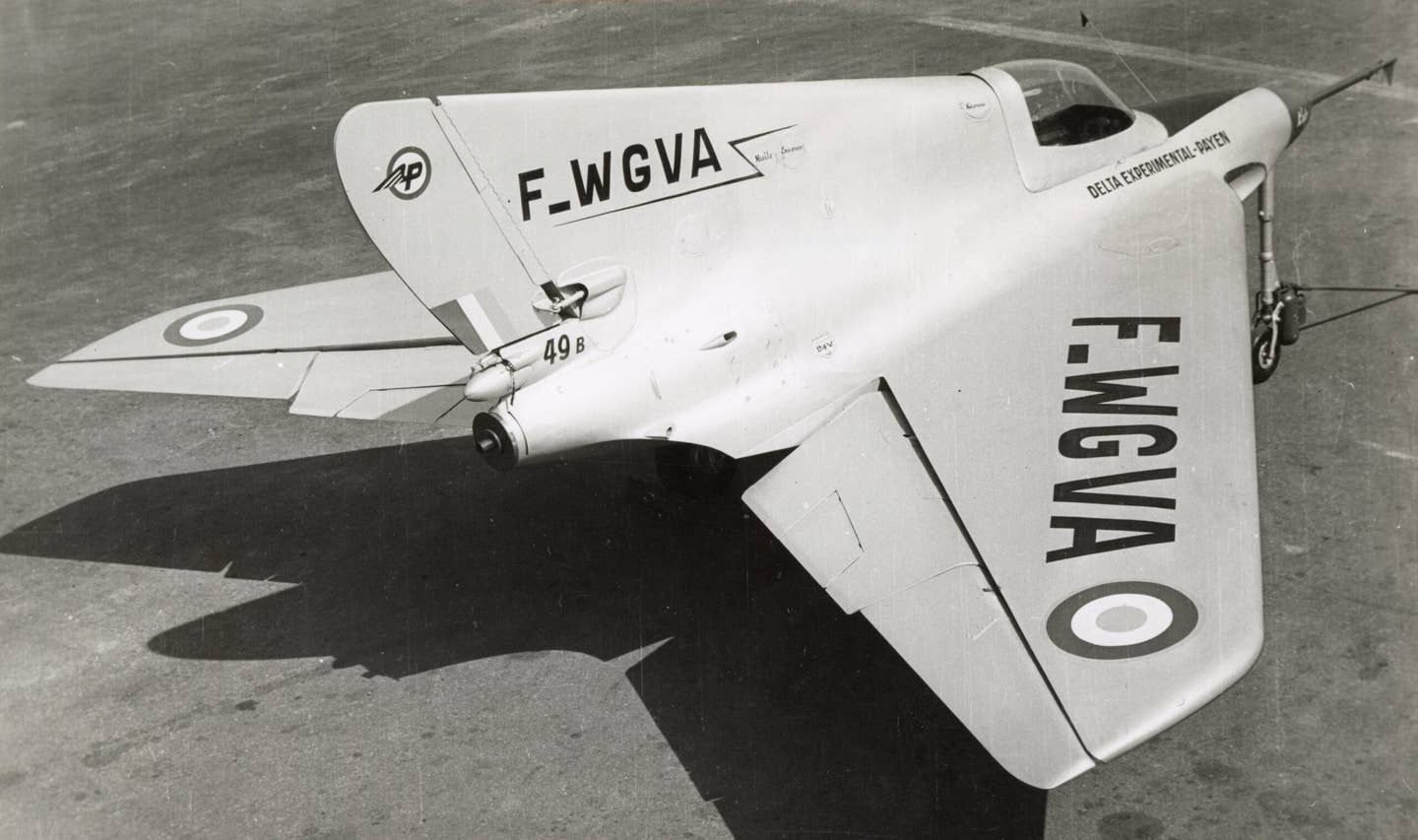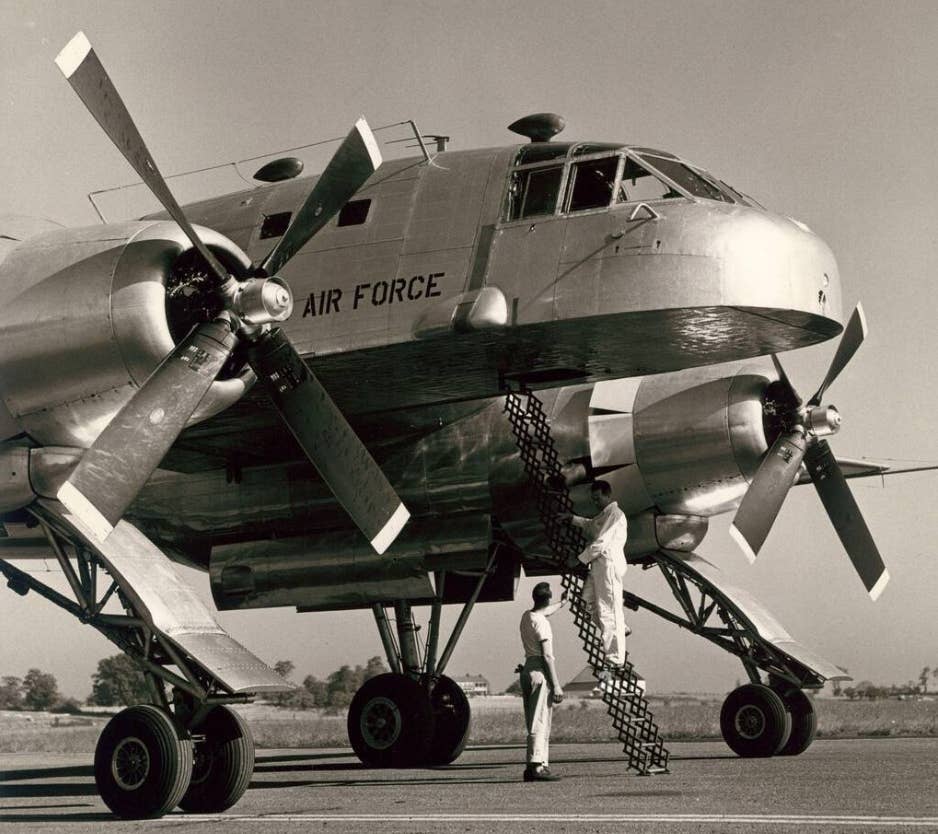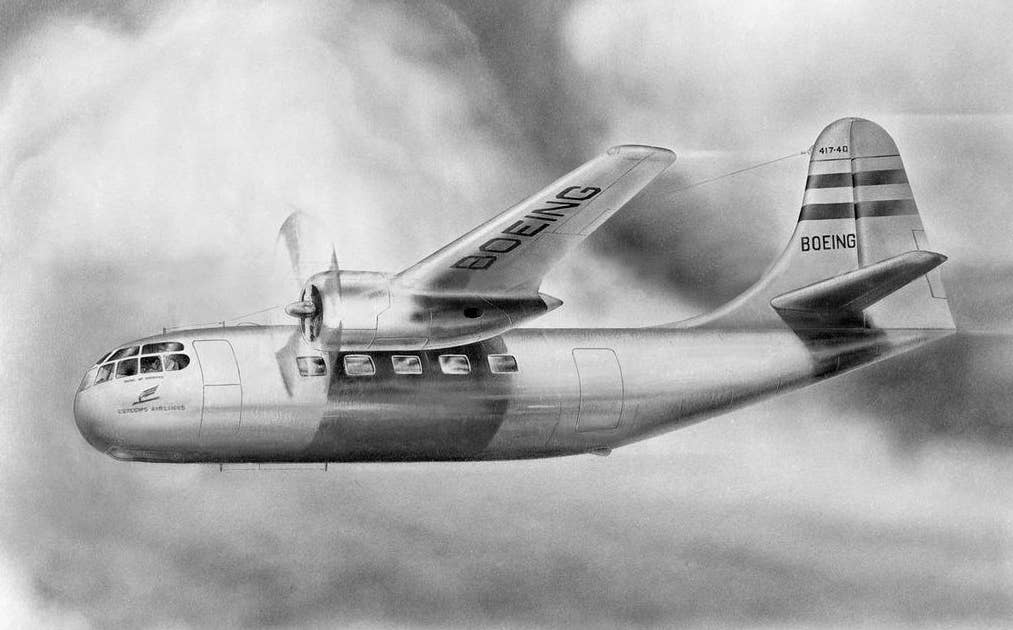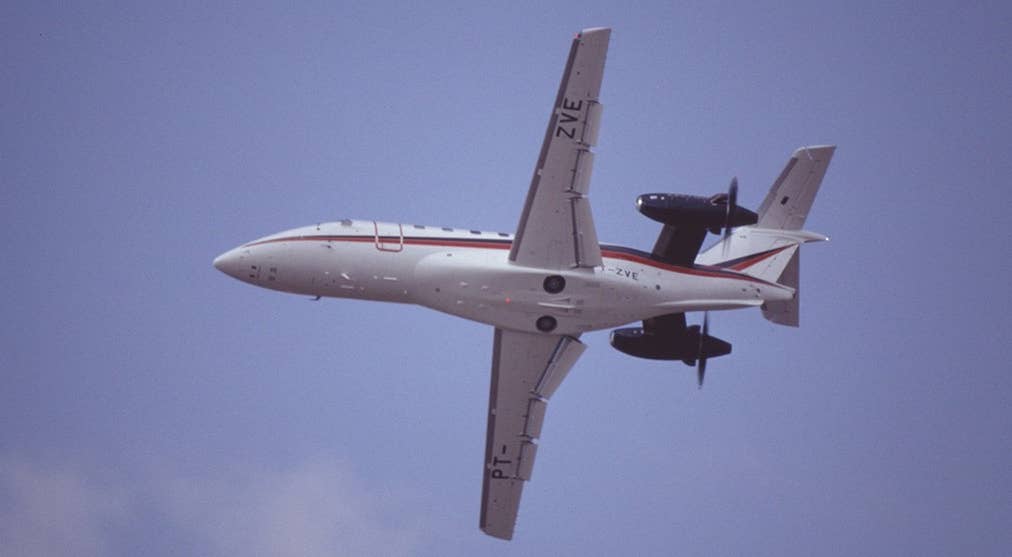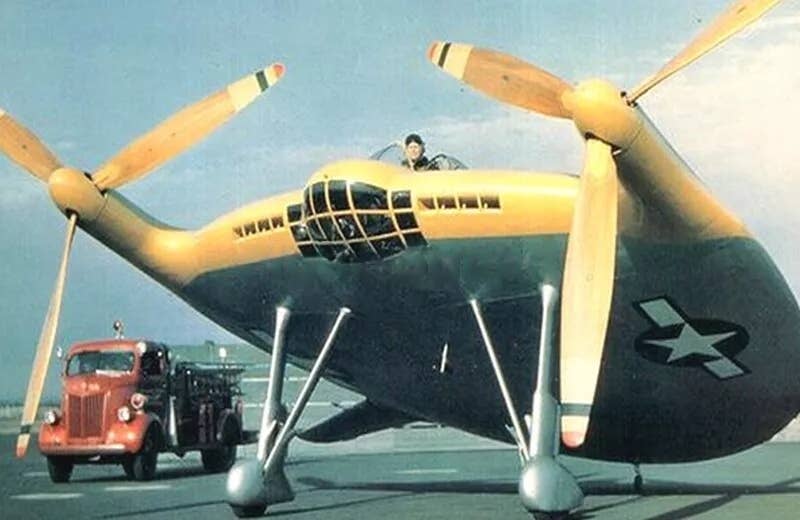The RFB Fantrainer Turboprop Was Meant to Handle Like a Jet
While the model did meet the company’s goals in some respects, its performance was underwhelming.
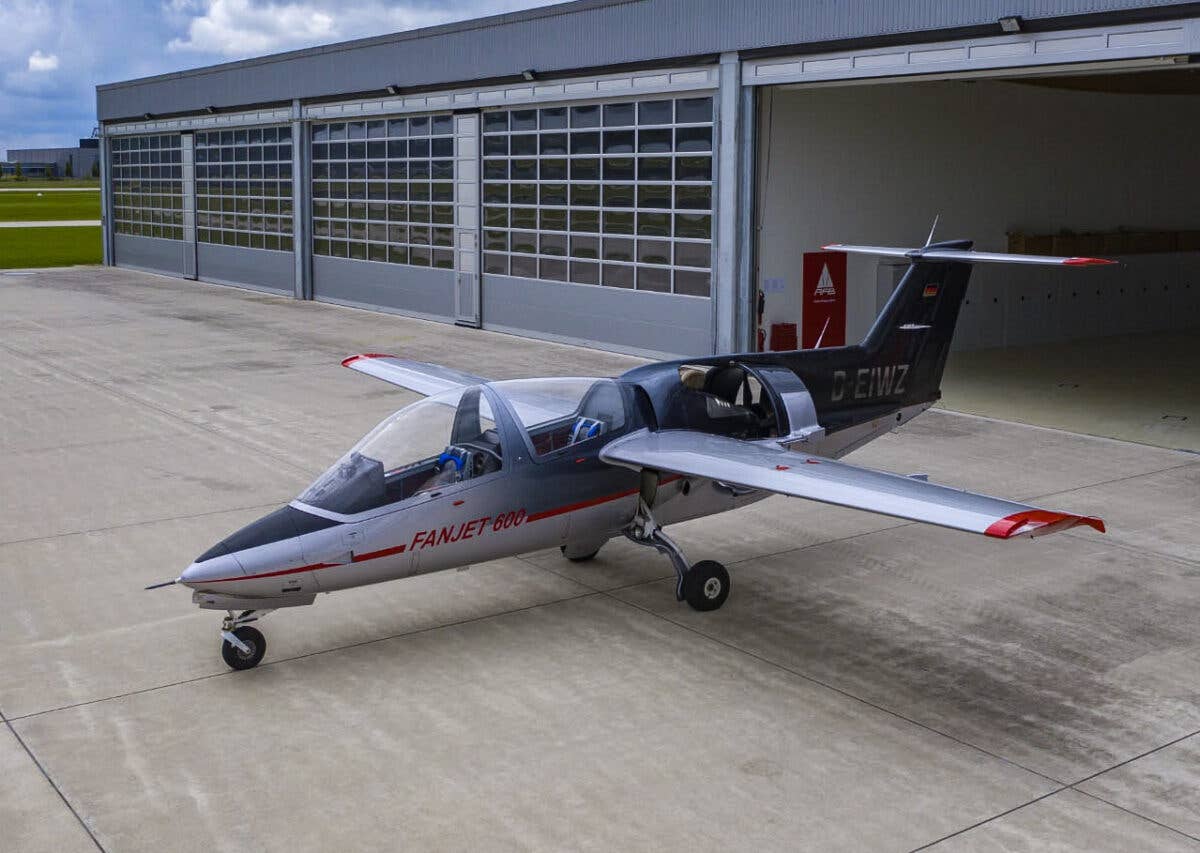
Intended to blend the handling and flying experience of a jet fighter with the operating efficiency of a turboprop, the RFB Fantrainer utilized a ducted fan in the empennage. [FanJet Aviation]
In the 1970s, the jet age had firmly taken hold of most categories of aviation, and jet power was quickly becoming the norm. From airliners to fighters to private jets, nearly every category took advantage of the increased power, speed, and reliability of jet engines. But while the benefits were numerous, fuel consumption was quite high, and by the middle of the decade, the cost of jet-A had tripled.
The cost to train pilots in advanced jet trainers, therefore, was following suit. One company in Germany spotted an opportunity for a more cost-effective alternative. If it could design an advanced trainer that was drastically less expensive to operate, it reasoned it would be of interest to militaries around the world.
The company was Rhein Flugzeugbau (RFB), and by starting with a clean-slate design, it proposed an entirely new aircraft called the Fantrainer. It would utilize a ducted fan nested within the empennage, and the forward section and cockpit would closely resemble operational jet fighters. By driving the ducted fan with one small turboshaft engine, fuel consumption would be dramatically reduced compared to pure jets. When combined with an airframe optimized for training and low manufacturing cost, RFB was confident the aircraft would sell well.
Developing a cost-effective advanced trainer wasn’t a new concept. Other manufacturers had pursued the military trainer market with single-engine turboprops, such as the Pilatus PC-7 and Beechcraft T-34C Turbo-Mentor. These had secured many military contracts, but the traditional propeller configuration provided handling and flight characteristics quite unlike the jets for which they were preparing their pilots. By integrating the ducted fan within the aft section of fuselage, RFB successfully eliminated virtually all of the left-turning tendencies of a single-engine turboprop and offered an advanced trainer with handling that was a much closer approximation to tactical jets.
The secret was in the shroud. Larger, conventional propellers come with distinct limitations— propeller efficiency drops off dramatically beyond a certain rpm, for example, limiting the maximum allowable rpm. By utilizing a small fan under 4 feet in diameter, it could be turned at a higher rpm, and the shroud can act as winglets do on wingtips, increasing efficiency even further. Additionally, sufficient propeller clearance requires longer, heavier landing gear, so the small fan permitted a more compact gear design.
For these benefits to be realized, however, tip clearances have to be tiny—in the case of the Fantrainer, about 2 millimeters—and this requires an extremely stiff structure. To achieve this, RFB designed the empennage around thin vertical and horizontal sections joined by the circular shroud. FLYING’s Peter Garrison wasn’t impressed, observing, “It would be difficult to imagine a less promising structural arrangement. Its numerous surfaces and intersections threaten to multiply sources of drag, while its peculiar load paths and concentrations do the same to weight.”
Performance was, therefore, underwhelming. RFB would ultimately manufacture two versions of the Fantrainer, and the more powerful 650 hp version would only achieve a 225-knot maximum speed—barely more than the aforementioned turboprop trainers, each with 100 less horsepower. And while the Fantrainer did indeed mimic the handling and feel of a jet, it came at the cost of unique, proprietary parts and systems that would introduce complexity to maintaining a fleet.
Accordingly, only 50 examples were built. These were delivered to the Luftwaffe and Royal Thai Air Force. In an attempt to expand and diversify its offerings, RFB teamed up with Grumman American to market the Fanliner, a futuristic two-seat light aircraft that paired a smaller ducted fan with a 114 hp twin-rotor Wankel rotary engine. Only two examples would be built.
Despite the limited sales, however, there remains a sliver of hope for the Fantrainer. In 2010, German company FanJet Aviation GmbH bought the certification and tooling and is presently marketing it for military and civil training purposes. Unfortunately, the last news update on the company’s website was posted in July 2022, and no production orders appear to be forthcoming.

Sign-up for newsletters & special offers!
Get the latest FLYING stories & special offers delivered directly to your inbox

